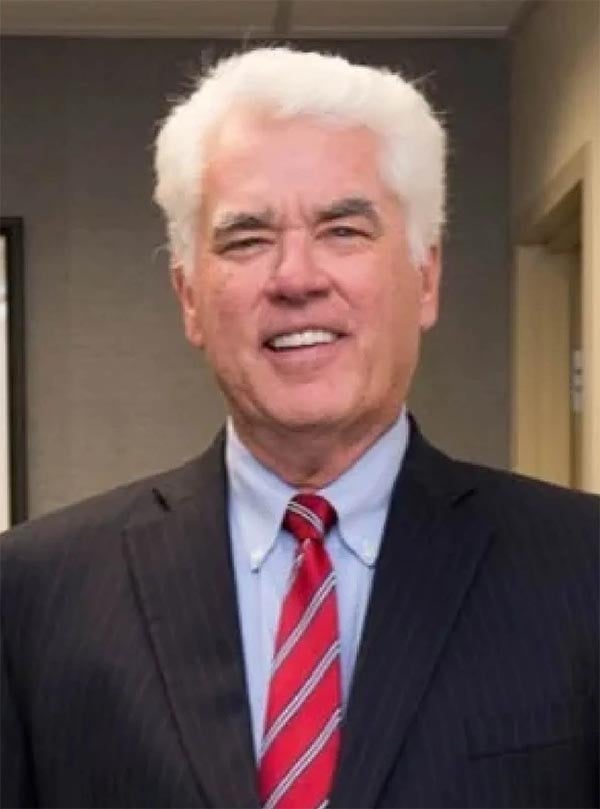A man has a terminal illness and is expected to die within the next few months. He is in pain and expresses a wish to die. He is sent to a hospice center where the requests to die continue. One day he swallows a quantity of the morphine used to treat his pain. When a staff member learns he has taken it, an ambulance is called and he is whisked to the hospital where efforts are made to preserve his life at a cost of multiple thousands of dollars. Not long after, he dies.
In a city near here, a ninety-three year old woman who has expressed she has nothing else to live for and is ready to die has started moving in and out of knowing where she is or recognizing her children. One day attendants at her nursing home cannot rouse her. Despite a “Do not resuscitate” order left by her family she is rushed into emergency treatment and a year later continues to live a life without quality.
Elsewhere, another patient, who has been declared brain dead, has been on life support for months, also at a cost of multiple thousands of dollars. This person is kept alive in a vegetative state for many more years as costs mount into the millions.
On the other hand, consider these situations:
• A ninety-eight year old pioneer heart surgeon is refused surgery for a heart problem by his own colleagues because “there is too great a risk he will die” although if he is not treated he is certain to die. The surgeon’s wife persuades doctors at another hospital to operate and he lives for four more years.
• An eighty-two year old vibrant woman who walks to and from a shopping center blocks away is diagnosed with lung cancer but is discouraged from intensive treatment because “it is slow-moving and at your age you will die of something else.” She dies of the disease in eight months.
• A vigorous, productive man turning eighty is told he will no longer receive PSAs or rectal exams for prostate cancer because at his age he is unlikely to develop the disease but even if he does it progresses slowly and he is more likely to die of something else.
The latter two are cases I know about personally.
This doesn’t make a lot of sense to me. Why do we spend millions of dollars to save terminally ill people who want to die or whose brains are dead but who have given no advance directives, while cutting off or discouraging treatment or exams for early detection of disease in those who want to live and have a chance to make it for several more years?
I know there is a mishmash of laws and insurance practices forbidding or discouraging doctors and other medical practitioners from pulling the plug or taking on risky cases likely to have a higher death rate. And maybe the system is trying to save some money at the expense of the healthy elderly, but things seem to be upside down.
Not much we can expect from our deadlocked Congress anymore if it doesn’t serve the interests of the billionaires. But maybe at the state level we can get legislators including some doctors or lawyers or insurance executives together to remedy these ills. After all, life should be for the living and those who want to go on living.
Lewis Donohew retired from the University of Kentucky College of Communications in 1999 after nearly 35 years of service and having earned a national reputation as a communications scholar and researcher. Now down on his farm growing grapes and living close to the earth, he contemplates issues of the day from a lifetime of experience and a love of the land.



















The above article illustrates the confusing and seemingly contradictory nature of medical decisions. First, I will correct an error. When someone signs into a hospice FACILITY, the person and the family are informed that all measures will be taken for comfort. There is no transport to a hospital. Hospice services are also performed in longterm care facilities. (Hospice staff visit there on a regular basis for additional care and services.) Sometimes a member of the nursing home staff calls EMS when a hospice patient declines and does not phone the hospice agency as instructed. The patient is erroneously transferred to a hospital. If family is not present at the hospital or the Do Not Recessitate paperwork has not accompanied the patient, the ER staff is obliged to begin lifesaving treatment.
-The case of the 98 year old surgeons: Statistics will prove that the odds of the patient, first, surviving a major cardiac surgery, or secondly, having the same mental and physical capacities as when he went into surgery, were not in his favor.
-The 82 year old healthy women with cancer: chemotherapy for lung cancer is fraught with major side effects which would include infection, bleeding, nausea and vomiting etc. The author did not mention any sites of metastasis. With the use of chemotherapy, there may have been no increase in length of life but quality of life would be greatly reduced.
-The information about prostate cancer is correct.
Look at the statistics. Millions of dollars are spent in the last months of an elderly patient’s life. To live an additional month or two in a hospital or nursing home is not the quality of life many want. Medical staff are doing a good job of explaining adverse reactions to surgeries and treatments. Patients are deciding that they want quality of life over quantity.